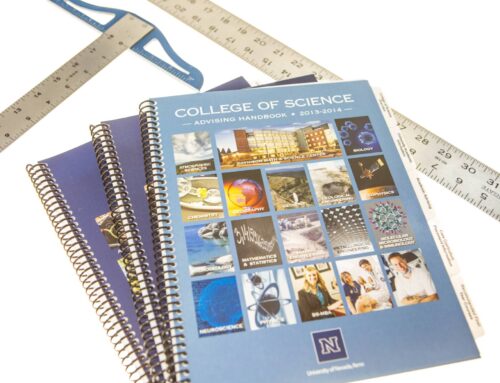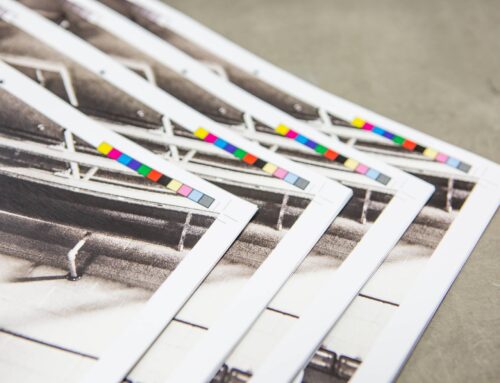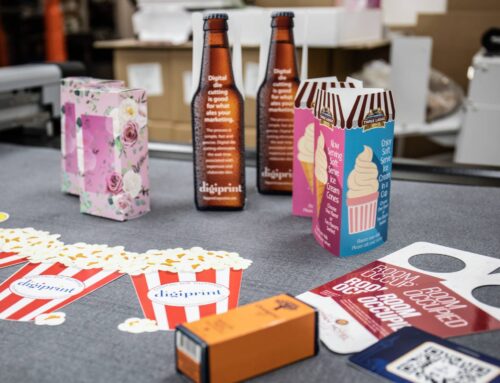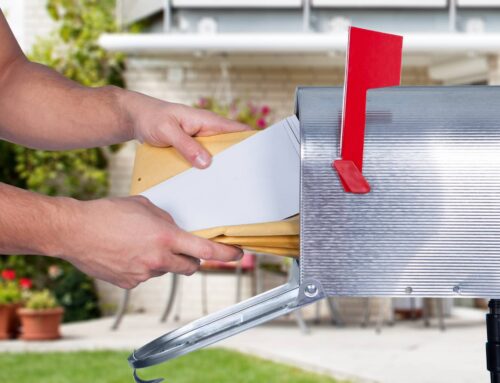Adding embellishments is one of the easiest ways to make your print projects look high-end. But the finishing options can be frustratingly limited if you’re focusing on short-run jobs.
Foil effects, for example, are notoriously expensive. Between the specialized equipment and the need for custom dies, the costs can add up quickly—and those dies often sit unused once the project is done.
The good news is, there’s a way to get all the benefits of foil effects without the hefty upfront costs or the wasted materials. Enter sleeking, also known as digital foil printing.
In this post, our printing shop in Reno, NV, will explore what digital foil printing is and how it can unlock endless creative possibilities for your print projects. Let’s get started!

Table of Content
How Does a Digital Foil Printing Machine Work?
Types of Digital Foils and Their Applications
Capabilities of Digital Foiling
Benefits of Using Digital Foil Sleeking
How to Choose the Right Digital Foiling Method for Your Project
Future Trends in Digital Foiling
What is Sleeking?
Sleeking refers to applying foil, gloss, or holographic finishes to printed materials—but without the fuss of traditional foiling. Unlike older methods that require dies or plates, sleeking uses digital toner to bond foils to specific areas of a design. It’s faster, more flexible, and perfect for small-to-medium print runs.
One of the best things about sleeking is its versatility. Since it doesn’t require dies, it’s easy to handle projects with variable data, like personalized designs or custom text. You can also experiment with a variety of finishes, including metallic foils, holographic effects, and both gloss and matte options.
How Does a Digital Foil Printing Machine Work?
Here’s a quick breakdown of how digital foiling works:
1) Toner-Based Printing
First, your design is printed using a toner-based printer. The toner acts like glue and attracts foil only to the printed areas.
2) Heat and Pressure
After printing, the sheet is fed into a digital foil printing machine. The machine applies heat and pressure to activate the toner and bond the foil to the printed areas.
3) Peel and Reveal
Once the bonding is complete, the excess foil is peeled away to reveal a dazzling, improved design.

Types of Digital Foils and Their Applications
Digital foils come in various finishes, each suited to different styles.
Gold and Silver Foils
A timeless classic, gold, and silver metallic foils add an instant sense of prestige to any project. They’re suitable for wedding invitations, certificates, business cards, and high-end packaging.
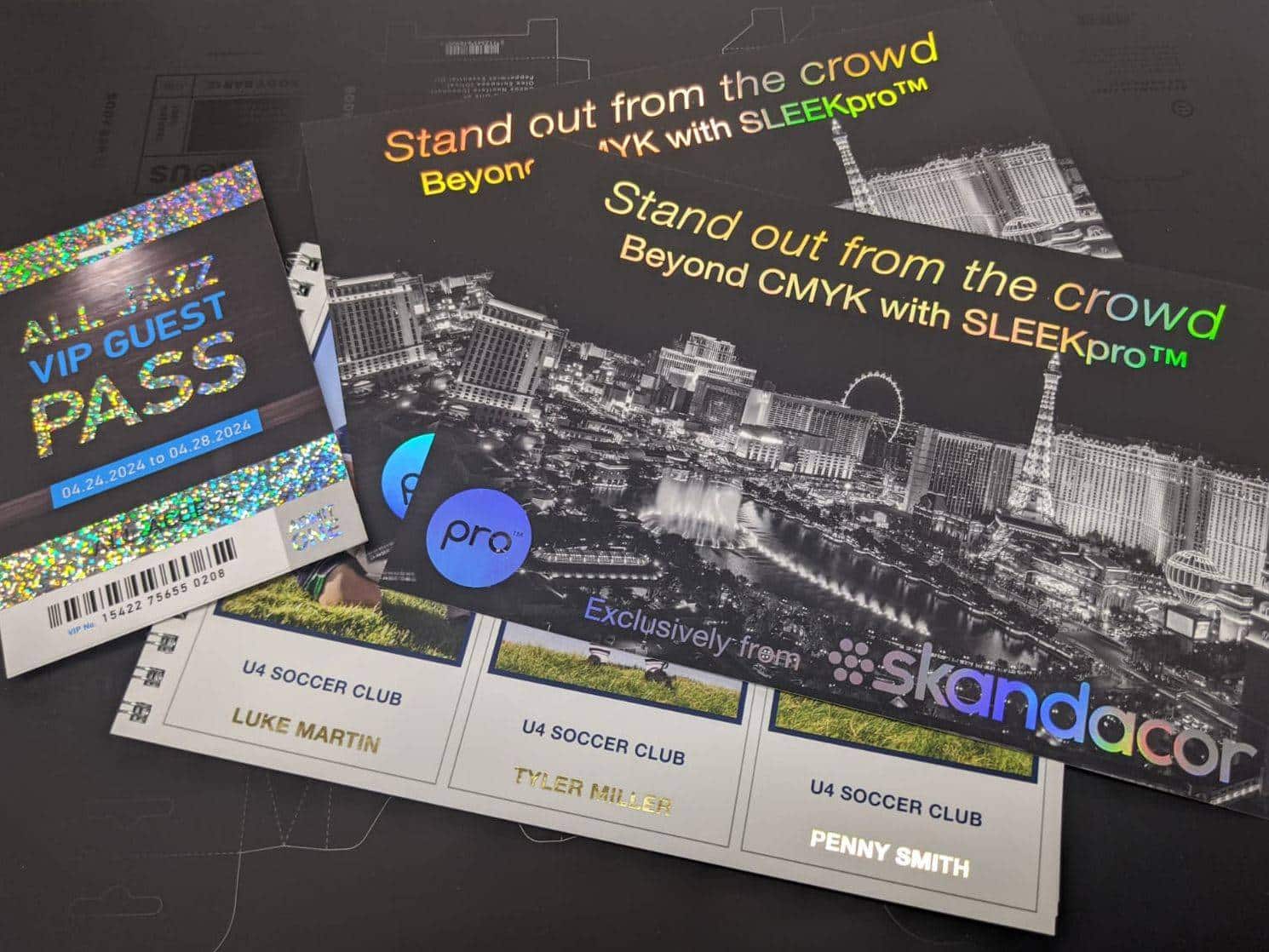
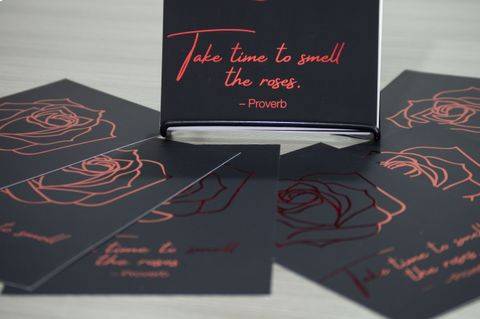
Holographic Foils
Holographic foil printing creates a 3D, multi-colored look when viewed from different angles. It is widely used in security printing because the intricate patterns are nearly impossible to replicate.
Transparent and Matte Foils
Brands with a minimalist aesthetic can use transparent and matte foils to craft understated accents, add texture, or highlight key design elements on various printed marketing materials.
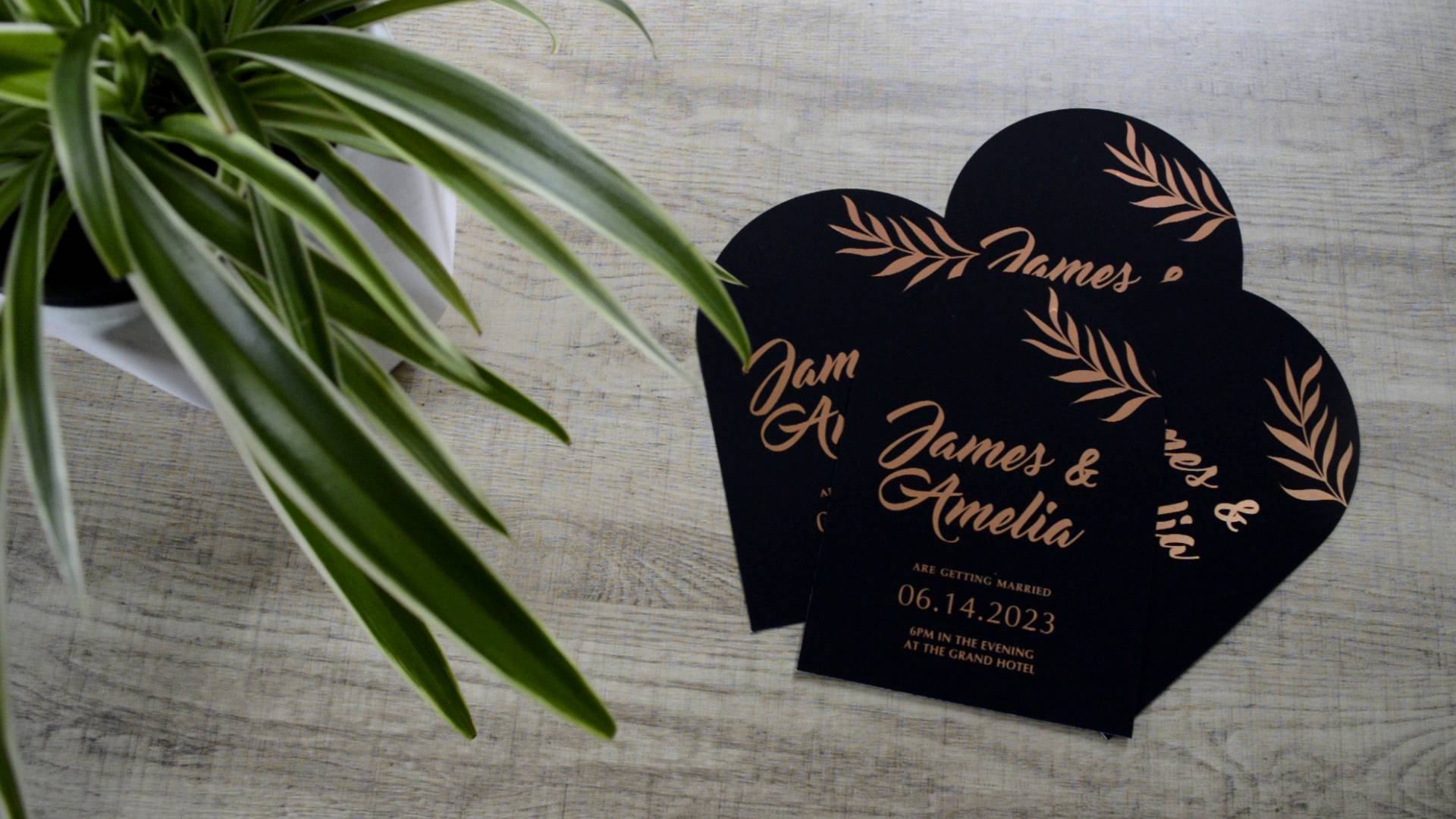
Capabilities of Digital Foiling
Digital foiling brings an array of creative possibilities to the table.
Customization
Sleeking lets you create personalized designs. You can add custom touches like names, logos, or unique patterns to give your prints a personal, ritzy feel.
Versatility
What makes sleeking impressive is its ability to work on a wide range of materials, like cardstock, labels, and specialty papers. It’s used for business cards, product packaging, promotional materials, and everything in between.
Sustainability
Sleeking is much more eco-friendly than traditional foiling. You don’t need plates or dies, and the reusable foil rolls mean less waste overall.
Scalability
Digital foiling projects can be scaled up and down as needed. The entire process works just as well for small, personalized jobs as it does for larger print runs. You get quality results without the hassle or expense of traditional setups.
Benefits of Using Digital Foil Sleeking
Digital foil sleeking brings a range of benefits that make it a standout choice for modern print finishing.
Precision and Control
With sleeking, you can apply foil exactly where it’s needed—no more, no less. The control allows you to create polished, professional designs featuring intricate details, bold logos, or specific text.
Speed and Efficiency
While traditional foiling setups can be time-consuming and tedious, sleeking does not require extensive prep work. The setup is quick, and production moves much faster, which is perfect for tight deadlines or fast-turnaround projects. You can deliver high-end finishes without delays.
Cost Savings
Because sleeking doesn’t involve expensive dies or plates, it’s generally less expensive than traditional foiling. You get premium results without the premium price tag.
How to Choose the Right Digital Foiling Method for Your Project
Digital foiling is suitable for almost all printing projects, but it’s important to consider a few key factors beforehand.
Consider Your Design Details
Is your project centered around intricate patterns, bold logos, or fine text? Choose a foiling method that offers precision and control to achieve clean, sharp results. Digital foiling suits designs requiring high levels of detail without the risk of smudging or misalignment.
Match the Material
Not all materials respond to digital foiling the same way. Cardstock, labels, and specialty papers are excellent choices for sleeking but always test your material beforehand to make sure the foil adheres well and produces the effect you’re aiming for.
Budget and Project Size
Think about your budget and the size of your print run. Sleeking is cost-effective for smaller or medium-sized print runs because it doesn’t require expensive dies or plates. If your project involves large quantities, you might weigh the cost benefits against traditional methods.
Choose the Right Finish
Gold, silver, holographic, matte—each finish serves a different purpose. Consider what works best for your project. For example, gold and silver are ideal for luxury branding, while holographic foils work better for bold and creative designs.
Future Trends in Digital Foiling
The world of sleeking is evolving fast. Here’s what else is on the horizon.
Sustainable Foils
With more brands focusing on eco-friendly printing practices, you can expect to see advancements in recyclable and biodegradable foils/foiling techniques.
Intricate Designs
Innovations in sleeking technology are making it easier to achieve detailed patterns and textures.
AR Integration
Digital foiling could play a big role in linking physical and digital experiences. Soon, you’ll be able to combine sleeking with augmented reality (AR), where printed designs unlock interactive experiences like animations or video details.
Need Digital Foiling for Your Print Projects?
And that wraps up our quick breakdown of digital foiling and its immense capabilities. There’s a lot you can do with this technique, and It’s an easy, budget-friendly way to turn your designs into conversation starters.
At Digiprint, we specialize in turning your ideas into reality with state-of-the-art sleeking and digital foiling solutions. No matter the scope of your project, we’ve got the tools, expertise, and passion to deliver impressive results.
Contact us today to explore your options.

